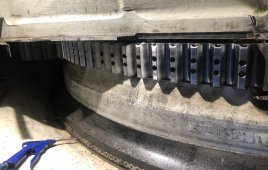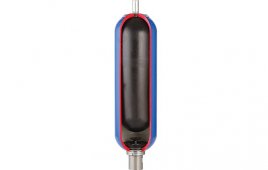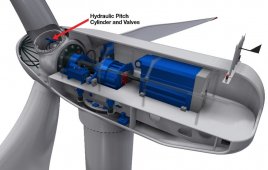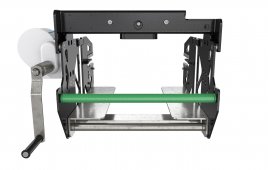Renewable energy company Clir Renewables has developed software that uses leading wind industry expertise, data science, and machine learning to quantify and provide actionable insights to help mitigate the lost energy production caused by both static and dynamic yaw misalignment.

Clir Renewables has developed a data architecture and product feature that enables the early detection of yaw alignment problems in wind turbines.
The concept of yaw misalignment is unique to the wind industry; if the wind always blew in the same direction, turbines would not need to yaw, and the process for maximizing wind-farm output would be drastically simpler. Unfortunately, that’s not the case.
Wind is a highly variable resource. A turbine’s control system gathers information from the nacelle instrumentation and directs the turbine to yaw accordingly. However, turbines do not track the wind perfectly. Tracking the wind perfectly would require constant yawing and eventually burn out the yaw drive. Instead, wind turbines yaw once the deviation of the wind from the nacelle position is significant enough to justify yawing.
Ideal parameters for yaw lag vary between industry players and are often defined at the turbine design phase without considering the real-world site-specific wind conditions. Control parameters may be defined to only yaw when there is a significant deviation of the wind from the nacelle, which would extend the yaw drive life at the cost of lost energy. Alternatively, control parameters may dictate constant yawing, and result in a short yaw drive lifespan but increased energy.
In service agreements, turbines’ performance in accurate alignment and tracking of the wind is not considered. This leads to the issue of yaw lag being ignored as contractual requirements are prioritized over value. The lack of attention from service providers, poor turbine design assumptions and inadequate tools to assess lost energy have all contributed to what has become an industry-wide problem. Clir’s recent technology development addresses the issue of yaw lag by detecting poorly-specified yaw parameters and physical misalignment, bringing the inefficiencies to light as they occur.
“To maximize production, wind-farms owners need the ability to proactively monitor and understand the lost energy impact of inappropriate control parameters and yaw faults in their wind turbines,” said Gareth Brown, CEO of Clir Renewables. “The tools available on the market have been discouraging for wind-farm owners. They make it difficult to understand if the turbines know where the wind is coming from, if they are tracking it effectively, and don’t provide recommendations for how to combat misalignment with service providers.”
The data from wind farms is inherently poorly-structured and noisy which makes it difficult to parse out yaw alignment impact from items like other turbine control changes, leading-edge erosion, environmental conditions, and other performance degrading conditions, thus making it very difficult to understand the negative impact.
“We’ve seen many of our clients ignoring the issues as they didn’t have the tools to monitor or understand them, and it’s costing them significant amounts of money,” added Brown.
To solve this problem, Clir created a data architecture and product feature that enables the early detection of yaw alignment issues. Clir’s software applies domain expertise, advanced analytics, and machine learning to separate static yaw misalignment from other underperformance issues to quantify the financial impact and provide recommendations on how to fix directly or address the issue with the service provider.
“The benefits of dynamic and static yaw monitoring and correction are substantial,” said Jake Gray, a previous Vice President of a national IPP and current COO of Clir Renewables. “Wind-farm owners can use the yaw misalignment calculations to correct turbine faults, pressure OEMs to change the underlying control parameters, and to evaluate the work of their O&M provider. Where yaw misalignment has been an issue, owners have seen up to a 3% increase in AEP from the yaw correction alone.”
Filed Under: News, O&M, Pitch & yaw, Sensors, Software




